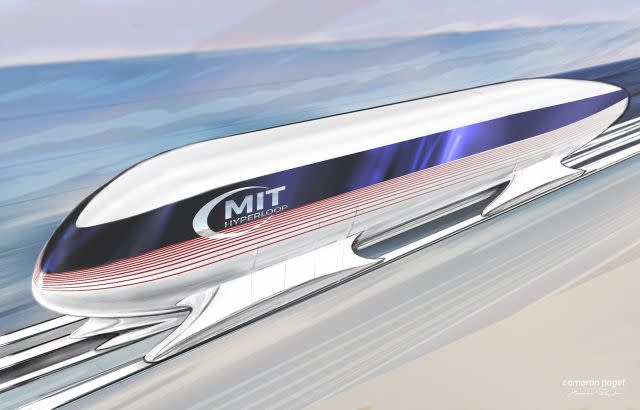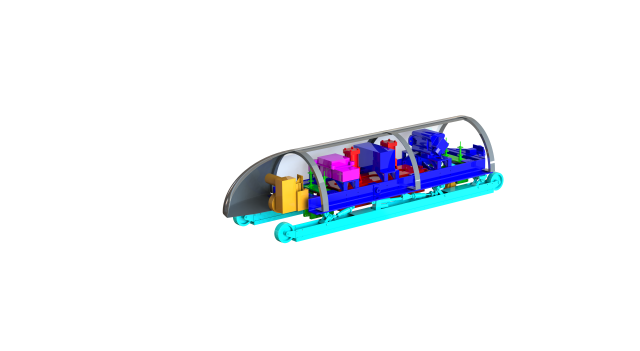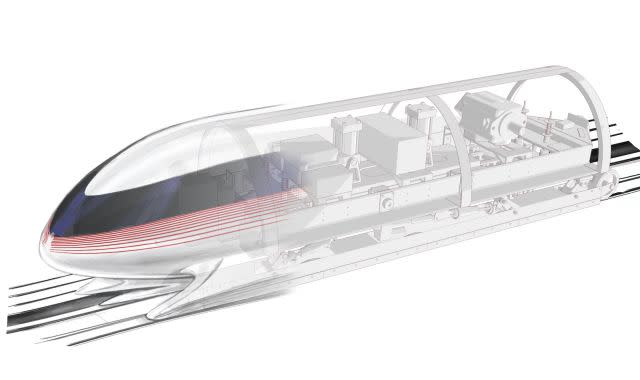The design that got MIT engineers the top spot at Elon Musk’s Hyperloop competition

Elon Musk’s idea for an ultra-fast rail system, the Hyperloop, is one step closer to reality.
Engineers from the Massachusetts Institute of Technology won a Hyperloop design competition held by SpaceX, the rocket company led by Musk. The competition involved more than 1,000 college students and more than 100 teams presenting their designs to a panel of judges at Texas A&M University in College Station, Texas.
Second place went to Delft University of Technology in the Netherlands. The University of Wisconsin took third place.
Musk, who founded payments giant PayPal, the electric car manufacturer Tesla Motors, and SpaceX, came up with the idea for Hyperloop in August 2013. It essentially involves a pod that could travel through tubes between Los Angeles and San Francisco at 750 miles per hour. The Hyperloop theoretically uses air pressure to “hover” above a track to move at extremely fast speeds (similar to how an air hockey puck floats.)
While Musk wrote a white-paper outlining his vision for the Hyperloop, he doesn’t plan to lead the implementation of it. SpaceX wants to accelerate development that will ultimately be done by others, and created a one-mile test track in California to try out the winning designs, the company announced alongside the competition back in June 2015. “What we intended to do with Hyperloop was really to spur interest in new forms of transportation, and I’m starting to think this is really going to happen. It’s clear that the public and the world wants something new,” Musk said at the competition’s award ceremony, according to the BBC.
A video produced by the engineers behind MIT’s project says their design is different from others in using electrodynamic levitation—meaning electric currents would levitate the pod.
MIT provided Quartz with renderings of what its Hyperloop pod would look like. MIT’s team, and 21 others, will be testing their pods on the SpaceX track soon.



Sign up for the Quartz Daily Brief, our free daily newsletter with the world’s most important and interesting news.
More stories from Quartz:

